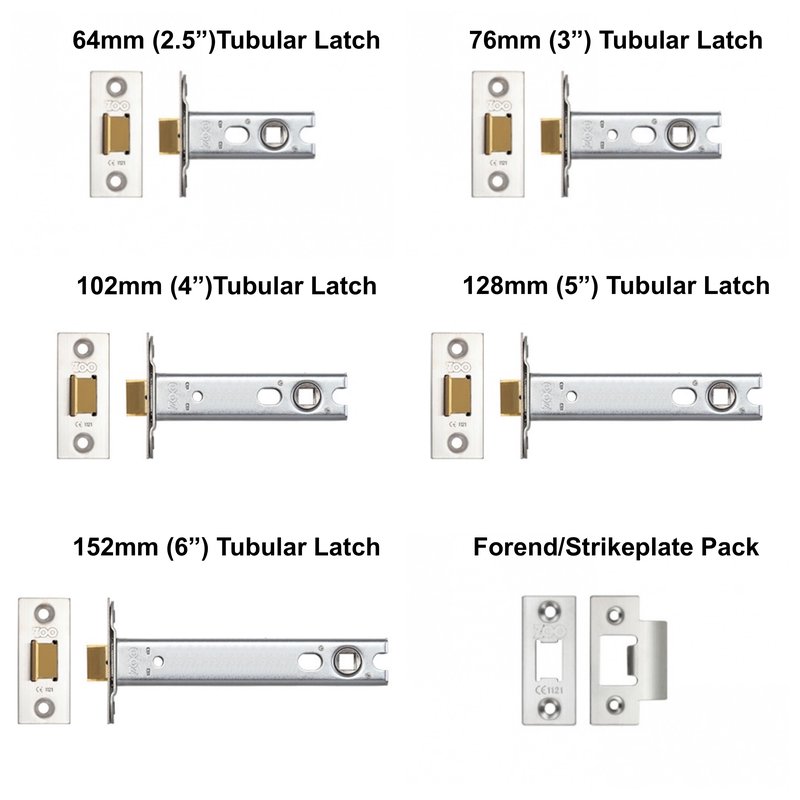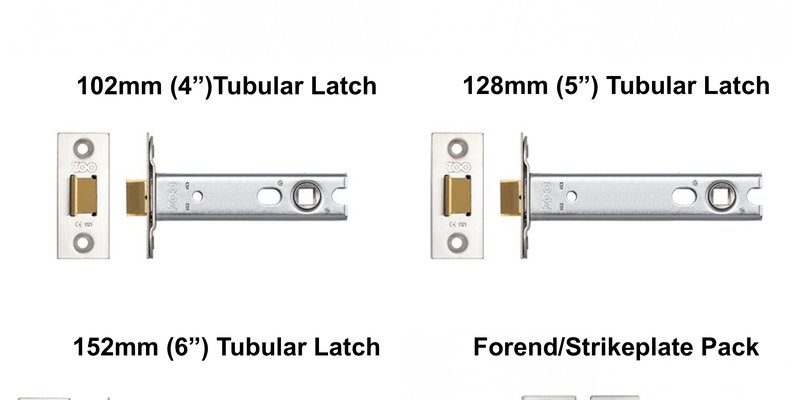
Imagine you’re trying to fix a leaky faucet. You wouldn’t just go in blind, right? You’d want to know what type of faucet you have first. The same goes for door latches. Knowing their inner workings not only helps during a replacement but also ensures that you pick a mechanism that fits your door and security needs perfectly.
Let’s delve into the world of door latches. We’ll cover how each type works, their pros and cons, and why it matters when you’re looking to upgrade or replace.
What is a Door Latch Mechanism?
A door latch mechanism is essentially the heart of a door’s locking system. It’s what keeps your door closed and secure when you’re not around. Think of it as the door’s best friend; a reliable latch means that your door will function properly every time you use it.
Most door latches operate on a simple premise: they use a bolt or latch that extends into a strike plate installed on the door frame. This mechanism allows for easy opening and closing but also provides a level of security by securing the door when it’s locked.
There are a few types of door latch mechanisms out there, each tailored for different needs and styles. The main ones we’ll talk about are tubular, mortise, and drive-in latches. By understanding their differences, you can make a more informed decision about what fits your home best.
Tubular Latch Mechanisms
What is a Tubular Latch?
The tubular latch is a popular choice for residential doors, particularly because of its simplicity and ease of installation. This type generally consists of a cylindrical body that houses the latch. It’s designed to fit inside a standard door hole, making it a common choice for quick replacements.
How Does It Work?
When you turn the doorknob, a lever inside the tubular latch moves a spring-loaded bolt that retracts from the door frame, allowing you to open the door. Once you close the door, the bolt automatically extends back into the frame. You might think of it like a friendly wave—open and close, back and forth, ready to greet you whenever you need it.
Pros and Cons
– Pros: *Easy to install, cost-effective, and available in various styles and finishes.*
– Cons: *Less secure than some other latches, especially in high-traffic areas.*
If you’re looking for a straightforward, budget-friendly option, a tubular latch can fit seamlessly into most home designs.
Mortise Latch Mechanisms
What is a Mortise Latch?
A mortise latch is often seen in more upscale settings. This type requires a pocket—a mortise—cut into the edge of the door. The latch itself sits inside this pocket, lending it a more robust and secure feel.
How Does It Work?
With a mortise latch, the locking mechanism is typically more complex than a tubular latch. It combines both a latch and a deadbolt. When you turn the knob or lever, the mechanism activates the latch bolt, and when you lock it, a deadbolt slides into place, providing extra security. You can think of it like a fortress for your door, ensuring only the right people can enter.
Pros and Cons
– Pros: *Highly secure, durable, and often more appealing aesthetically.*
– Cons: *Requires more installation skill and can be pricier than tubular options.*
If you want a latch that offers an extra layer of security and elegance, a mortise latch could be your go-to choice.
Drive-In Latch Mechanisms
What is a Drive-In Latch?
A drive-in latch is designed for doors that feature a round hole without the need for a mortise. The latch body itself is pushed into the door edge. This system is commonly found in modern homes due to its sleek design and ease of installation.
How Does It Work?
When you turn the doorknob, the drive-in bolt retracts into the latch body. It’s an effortless mechanism that can be quite forgiving, especially if you’re in a hurry and rush to get inside. Think of it as a quick-access key, allowing you in with one simple twist.
Pros and Cons
– Pros: *Simple to install and operate, great for modern doors.*
– Cons: *Can be less secure than mortise latches and not as robust.*
If you appreciate minimalist design and functionality, consider a drive-in latch for your next door.
Comparing Door Latch Mechanisms
When choosing between tubular, mortise, and drive-in latches, consider several factors: security, style, installation, and budget. Each latch serves its purpose, but understanding the nuances can lead you to the right choice for your space.
– Security: Mortise latches generally offer more security due to their design, while tubular latches may be easier to bypass.
– Style: Mortise latches often come in a wider range of decorative styles, making them a preferred choice for upscale homes.
– Installation: Tubular and drive-in latches are easier to install, making them a decent fit for DIYers.
– Budget: Tubular latches are typically the least expensive, while mortise latches often come with a higher price tag.
Making a choice doesn’t have to be overwhelming. Just weigh what’s most important for your situation and move forward.
Why Understanding Door Latch Mechanisms Matters
Knowing about different door latch mechanisms is about more than just choosing a lock—it’s about security, accessibility, and personal style. Each mechanism comes with its own set of advantages and potential pitfalls.
Consider this: if you’re dealing with a high-traffic area in your home, you might prioritize security over aesthetics. On the other hand, if you’re installing a latch in a decorative entryway, aesthetics might take the lead.
Understanding these mechanisms empowers you to make the best choice for your needs. It’s about ensuring your home feels safe while also reflecting your style.
Final Thoughts
Choosing the right door latch mechanism can feel overwhelming, but it doesn’t have to be. By understanding the differences between tubular, mortise, and drive-in latches, you can make an informed decision that suits your home and lifestyle.
Consider your needs carefully—security, ease of installation, and aesthetic appeal all play a role. Take your time to explore the options, and you’ll find the perfect latch that keeps your home secure while looking great. Happy door locking!
